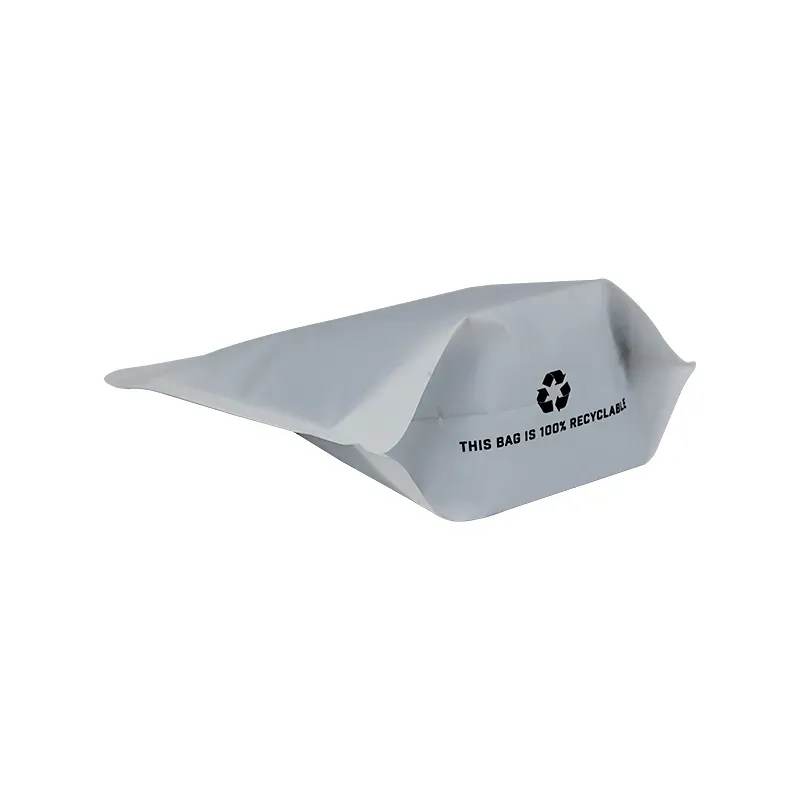- Afrikaans
- Albanian
- Amharic
- Arabic
- Armenian
- Azerbaijani
- Basque
- Belarusian
- Bengali
- Bosnian
- Bulgarian
- Catalan
- Cebuano
- chinese_simplified
- chinese_traditional
- Corsican
- Croatian
- Czech
- Danish
- Dutch
- English
- Esperanto
- Estonian
- Finnish
- French
- Frisian
- Galician
- Georgian
- German
- Greek
- Gujarati
- haitian_creole
- hausa
- hawaiian
- Hebrew
- Hindi
- Miao
- Hungarian
- Icelandic
- igbo
- Indonesian
- irish
- Italian
- Japanese
- Javanese
- Kannada
- kazakh
- Khmer
- Rwandese
- Korean
- Kurdish
- Kyrgyz
- Lao
- Latin
- Latvian
- Lithuanian
- Luxembourgish
- Macedonian
- Malgashi
- Malay
- Malayalam
- Maltese
- Maori
- Marathi
- Mongolian
- Myanmar
- Nepali
- Norwegian
- Norwegian
- Occitan
- Pashto
- Persian
- Polish
- Portuguese
- Punjabi
- Romanian
- Russian
- Samoan
- scottish-gaelic
- Serbian
- Sesotho
- Shona
- Sindhi
- Sinhala
- Slovak
- Slovenian
- Somali
- Spanish
- Sundanese
- Swahili
- Swedish
- Tagalog
- Tajik
- Tamil
- Tatar
- Telugu
- Thai
- Turkish
- Turkmen
- Ukrainian
- Urdu
- Uighur
- Uzbek
- Vietnamese
- Welsh
- Bantu
- Yiddish
- Yoruba
- Zulu
Understanding the Significance of d x w x h in Various Contexts
The phrase d x w x h may initially appear to be a jumble of characters, but it actually represents a common notation in various fields, particularly in mathematics and engineering, where dimensions are denoted in terms of depth, width, and height. This notation, which can often be found in architectural designs, product specifications, and 3D modeling, encapsulates the three-dimensional relationships of objects.
To break it down further, d stands for depth, w stands for width, and h stands for height. Each of these dimensions plays a critical role in understanding the size and spatial characteristics of an object. When designing anything from simple furniture to complex buildings, dimensional measurements become essential for both functionality and aesthetics.
The Importance of Dimensions
In architecture, the understanding of depth, width, and height is crucial. Architects must consider how a building's size interacts with its environment. For instance, a skyscraper's height (h) must not only meet the needs of its occupants but also harmonize with the skyline and respect zoning regulations. The width (w) ensures that the building can effectively house offices, residences, or commercial spaces, while the depth (d) often impacts the natural lighting and airflow within a structure.
In product design, these dimensions are equally vital. Consider a simple piece of furniture, like a table. The depth determines how much space is available for food, work, or other activities, while the width affects how many people can comfortably sit around it. The height is crucial for ensuring that the table is comfortable to use, whether for dining or as a workspace. Designers spend considerable time refining these dimensions to enhance user experience and meet ergonomic standards.
d x w x h meaning

Applications in 3D Modeling
The relevance of d x w x h extends beyond architecture and design; it also plays a significant role in 3D modeling. In the realm of virtual simulations, dimensions are one of the first considerations during the design process. When creating digital models, whether for video games, animation, or virtual reality, the dimensions (depth, width, and height) of objects influence how they interact with users and other elements in the environment.
For animators and game designers, accurate dimensional measurements ensure that characters and objects are proportionate and realistic. A character with exaggerated height may require adjustments in movement and physics simulations to reflect a believable interaction with the surroundings. Similarly, in manufacturing, the understanding of these dimensions guarantees that products fit into their intended spaces and function well within the constraints of use and design.
Conclusion
In conclusion, while d x w x h may seem like a technical notation, it encapsulates a fundamental aspect of numerous disciplines. Understanding these dimensions allows professionals in architecture, product design, and digital modeling to create functional, aesthetically pleasing, and user-friendly environments and objects. Whether considering a building's impact on its surroundings or ensuring that a piece of furniture complements a room's layout, the measurement of depth, width, and height remains a cornerstone of effective design. Through careful consideration of these dimensions, we can enhance not only the functionality but also the beauty and harmony of the physical and digital spaces we inhabit.













